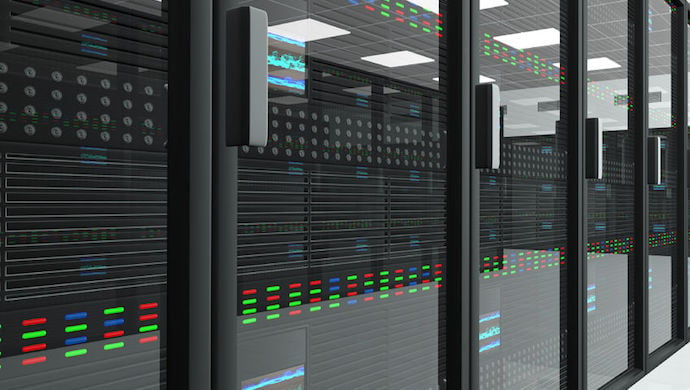Amidst all the blockchain opportunity, Southeast Asia is also one of the fastest-growing datacentre landscapes in the world

As blockchain technology continues to take the world by storm, Southeast Asia has positioned itself well for the future. According to Forbes, Vietnam is well on its way to becoming one Southeast Asia’s hubs for blockchain innovation. And according to Coin Telegraph, Singapore is “setting a trend in Blockchain-friendly governance,” specifically looking to support FinTech-related platforms.
But amidst all the blockchain opportunity, Southeast Asia is also one of the fastest-growing data centre landscapes in the world—with Singapore housing a large majority of the computing power. Even members of “the big three”—AWS, Microsoft Azure, and others like Digital Ocean and GoDaddy—have turned to Southeast Asia as opportunities to scale here have continued to skyrocket.
Even Google built their second data centre here in 2015, after seeing immense growth potential. And companies like Facebook and Apple are “spending billions to build green data centres” in the Asia Pacific region.
When you look at Southeast Asia’s blockchain boom, combined with their housing data centres responsible for a significant portion of global cloud computing, an interesting intersection reveals itself: Blockchain Smart Contracts can be used to better leverage much of the idle computing power.
This is already happening on platforms like Akash. The Akash network, a blockchain platform based out of California, is aware that 85% of the world’s computing power goes unused. The platform wants to solve for the fact that many of these data centres are sitting on depreciating assets. And if you consider how many data centres currently reside in Southeast Asia alone, and the fact that growth in these regions is only increasing, this issue will have to be confronted at a certain point—due to maintenance costs alone.
What’s unique about Akash is that the network wants to allow anyone with idle computing power—from large-scale data centres, to small company servers not operating at full capacity—the ability to monetize these assets. How it works is providers “rent” the ability to process workloads on their servers to users, and can pull capacity back whenever it’s needed again.
Users then submit what sort of workloads they’ll need processed, and then pay to “rent” based on supply and demand of the market—paid for in tokens, with the price of the token being set by what the market will bear.
Also read: Expert speak (Part I): The biggest disruption in blockchains and cryptocurrencies is yet to come
This is a very different approach to the way cloud computing currently works. Many of these large-scale data centres sit on so much unused computing capacity because they need to anticipate the demands of users. As a result, it’s difficult to plan for how much power will be needed, and when. And since they are the ones bearing the costs, they’re also the ones who set the prices for the market.
But in an ecosystem based on supply and demand, the cost of cloud computing suddenly levels out. This is, in essence, what has everyone so excited about the future of blockchain technology—the ability to “even the playing field.” Instead of a few dominant forces setting the prices of cloud computing costs and hosting, providers of all sizes can effectively compete because the market is inherently decentralized.
For Southeast Asia, this is going to become a massive focal point in the near future, considering how much of the region is focused on blockchain innovation. And if there’s one thing blockchain is already proving to be superior at, its streamlining the way things can be done—and doing so autonomously.
—-
e27 publishes relevant guest contributions from the community. Share your honest opinions and expert knowledge by submitting your content here.
Featured Image Copyright: boscorelli / 123RF Stock Photo
The post Datacentres are a growing industry in Southeast Asia, but blockchain computing will play an even bigger role in future appeared first on e27.